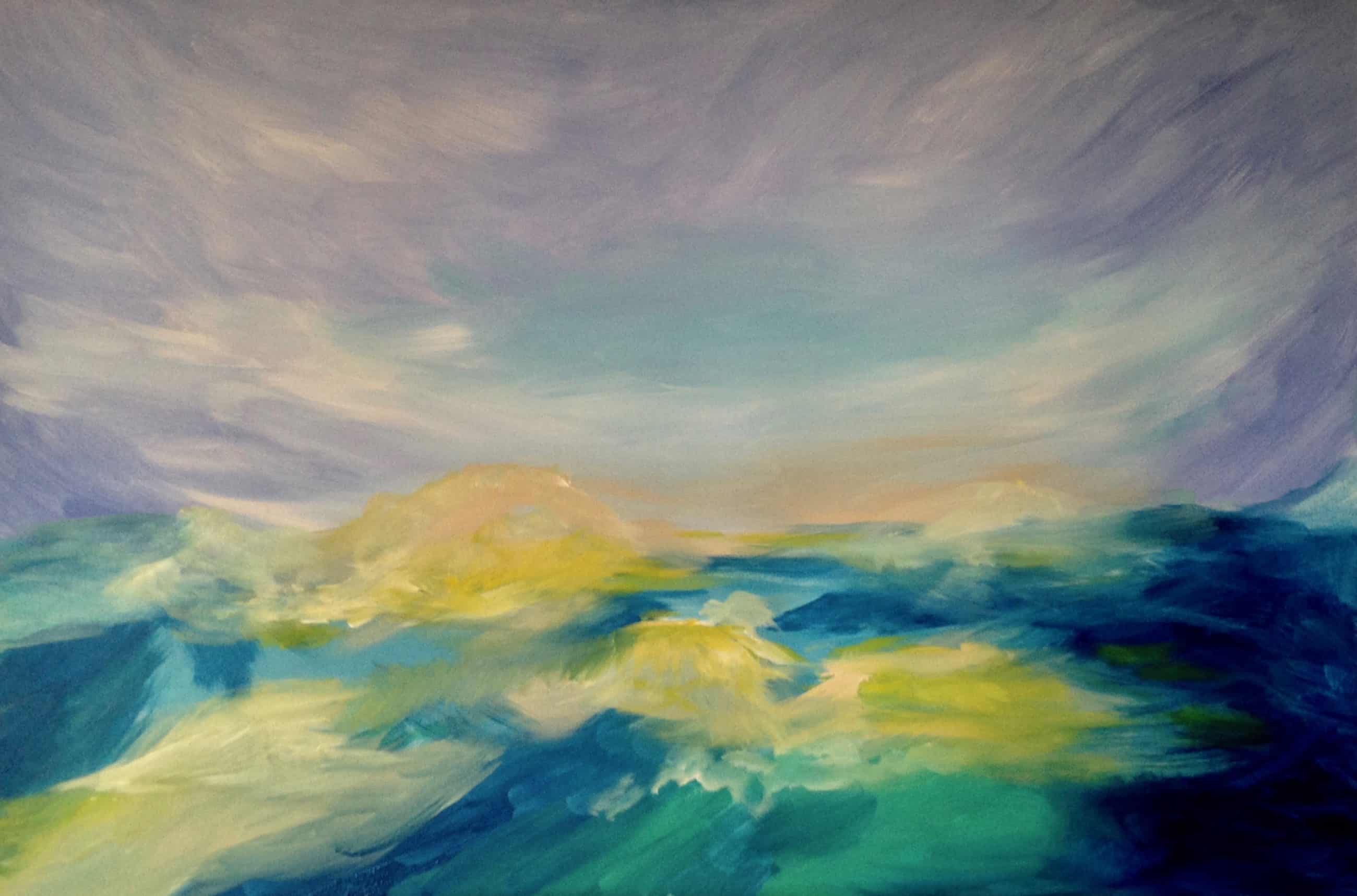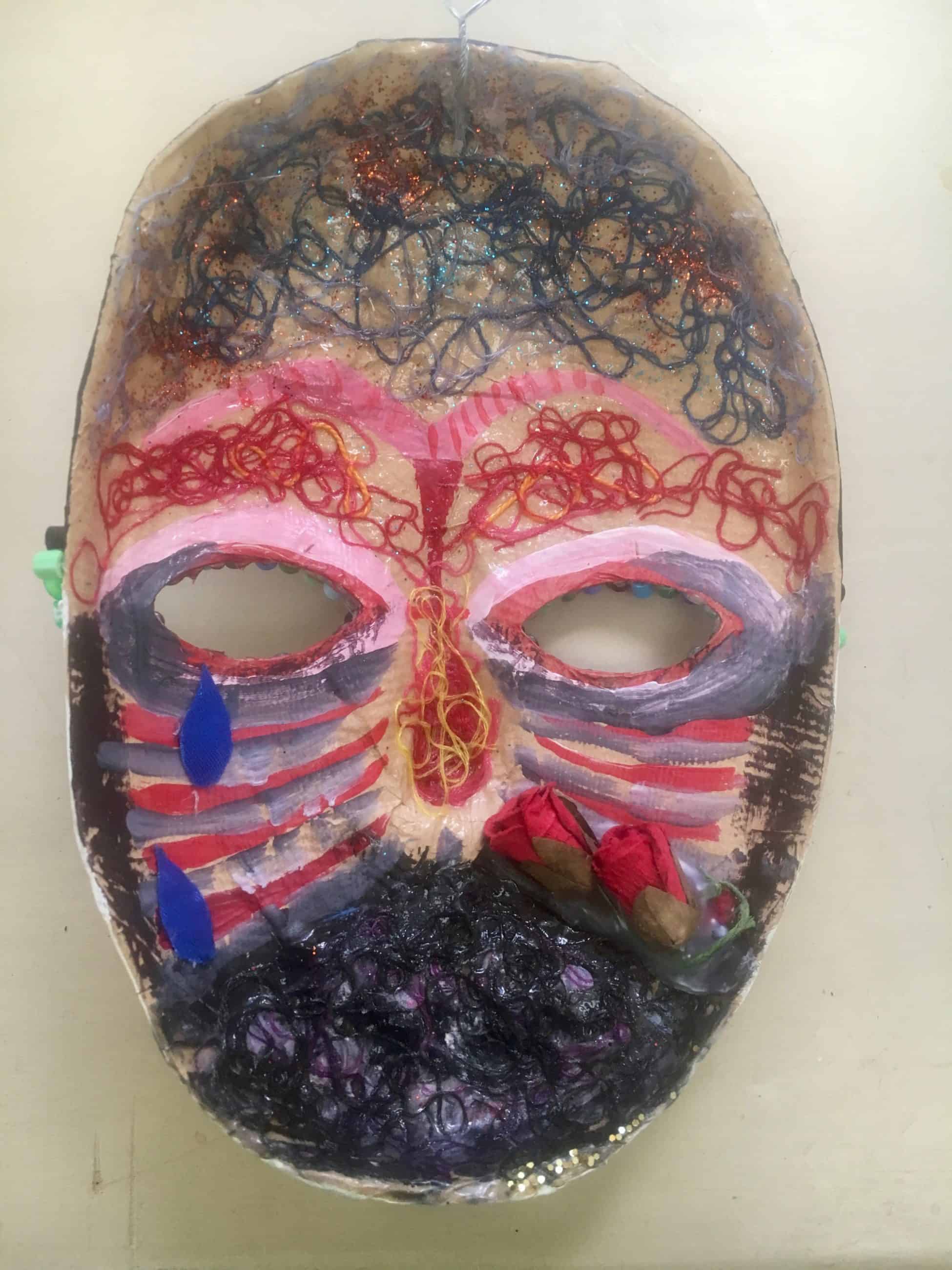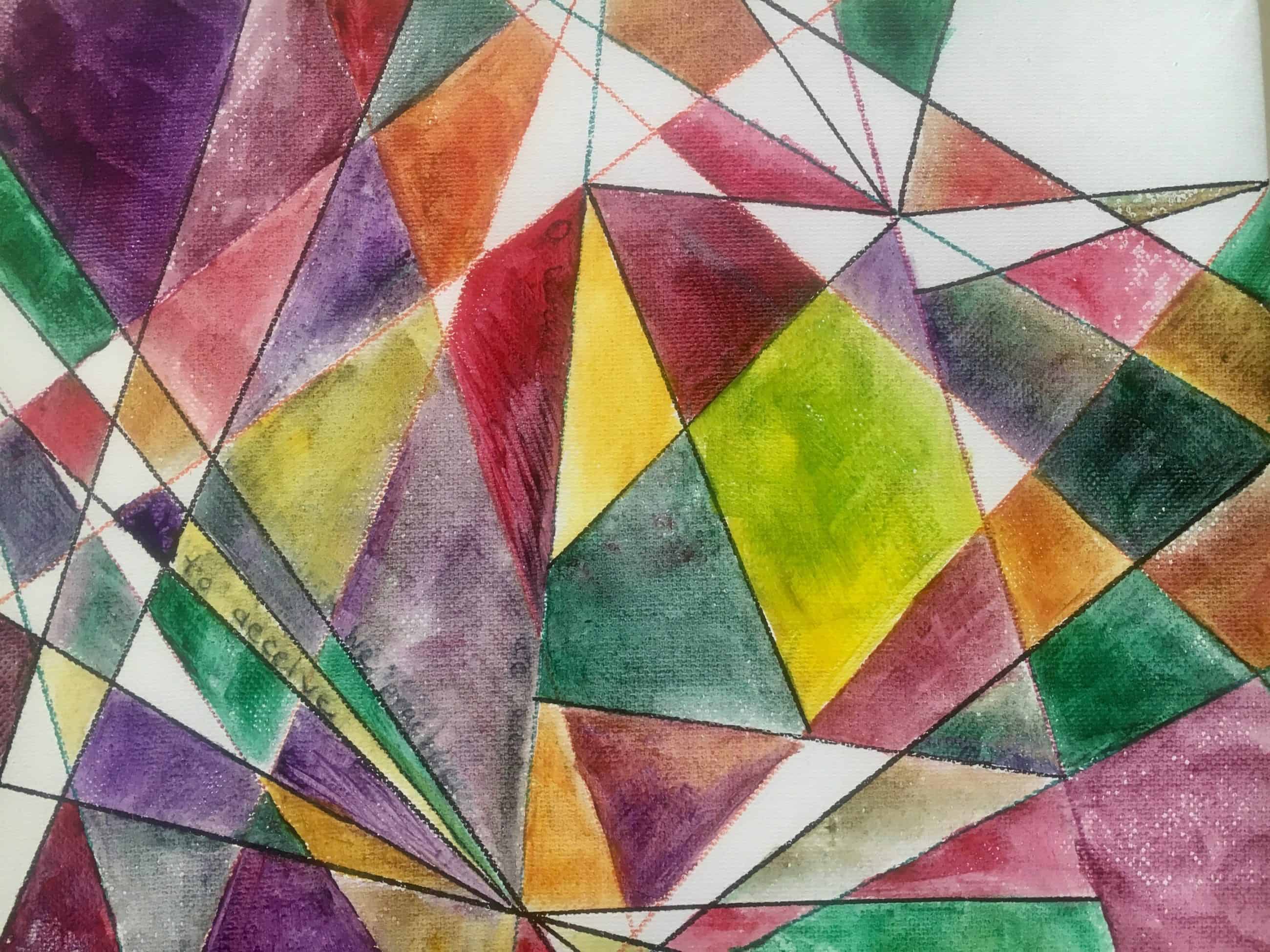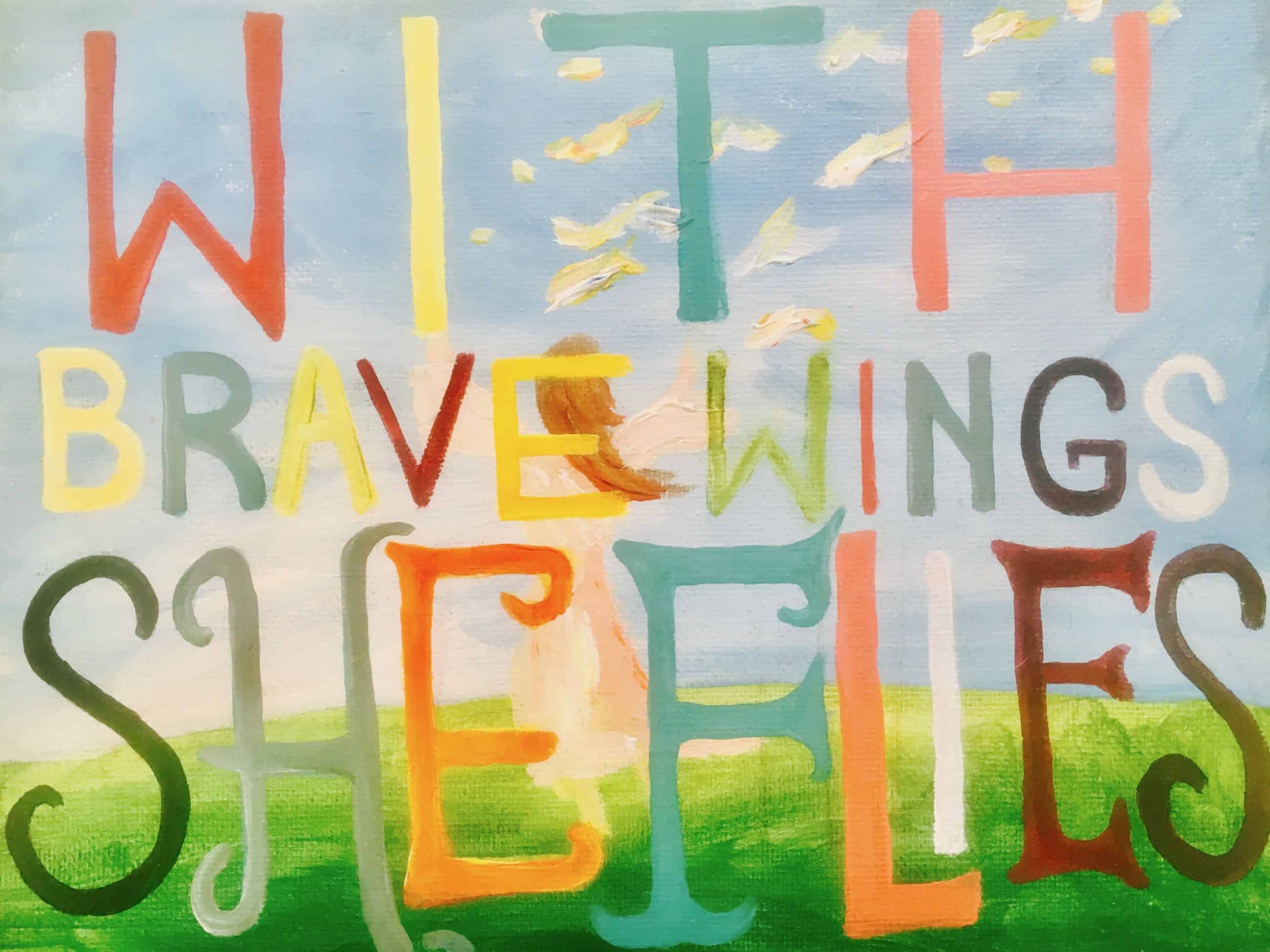Counseling Philosophy
My Mission
“The wound is the place where the light enters you.” – Rumi
 One of my specialities is grief and loss counseling. I believe that many of our experiences as humans encompass some form of grief – change is a constant. As we embrace the new we must let go of what once was. I have holistic, integrative approach to counseling and use many tools, including art therapy. I also work with highly sensitive people who want to know how to process their strong levels of empathy, so that feeling becomes your greatest strength instead of a burden.
One of my specialities is grief and loss counseling. I believe that many of our experiences as humans encompass some form of grief – change is a constant. As we embrace the new we must let go of what once was. I have holistic, integrative approach to counseling and use many tools, including art therapy. I also work with highly sensitive people who want to know how to process their strong levels of empathy, so that feeling becomes your greatest strength instead of a burden.
It’s my goal to create a safe space for anyone seeking to transform emotional suffering into meaning. The type of therapy I provide reflects my values of authenticity, joy, acceptance, compassion, hope, courage and empowerment. I am here to listen, provide support, offer insight, and challenge you to grow. All the while, it’s important to me to let you stay in the driver’s seat.
The process of creating art in sessions is a cornerstone of my practice — and there’s science behind it. When we’re creative, we move out of a space of trauma into a place of remembrance and ritual, emotional identification, new understandings, and acceptance. There are no rights or wrongs when it comes to creative self-expression. I don’t analyze your work or tell you what it means. I guide you by asking questions that help you find your own meaning and insight, and reimagine your life experiences from an open, empowered perspective.
If you’re interested in incorporating art therapy into your sessions, please let me know during our free 15-minute phone conversation.
More About Grief & Loss
“Nothing that grieves us can be called little: by the eternal laws of proportion a child’s loss of a doll and a king’s loss of a crown are events of the same size.” – Mark Twain
The types of loss that counseling can help:
- Death of loved one or animal
- Loss through suicide
- Change in social circle
- Preparing for terminal illness
- Divorce or parental separation
- Break up from significant partner
- Miscarriage
- Loss of abilities due to a physical condition or medical diagnosis
- Moving away
- Loss of a job
- Transitional period or endings
- Loss of innocence/coming of age
- Ambiguous loss
How can grief manifest itself?
- Isolation
- Numbness
- Irritability
- Change in motivation or lack of motivation
- Change in interest or lack of interest
- Changes in sleep
- Changes in appetite
- New, unexplained physical aches and pains
- Anxiety and difficulty breathing
- Decreased love of self or self-esteem
- Increased acting-out behaviors or impulsivity
- Difficulty with concentration
- Difficulty making decisions or commitments
- General changes in temperament
- Feeling guilty about surviving when a significant other did not
- Feeling guilt about being happy and trying to move forward
- Feeling misunderstood, different, separate, abnormal or defective
- Feeling like the world turned upside down or feeling very disconnected
- Meaninglessness and feeling hopeless or helpless
- Minimizing your own feelings
 As you can see, a lot of the symptoms listed are not psychological disorders, but common side effects of grief. When a person experiences profound loss, it can feel like it’s the end of everything they’ve ever known. Most of my therapy clients who are grieving start off feeling scared. Often they are dealing with tragedies that they are not emotionally equipped to face, sometimes at a young age. Our culture doesn’t offer tools to help people understand and navigate the very natural experience of acute or complicated grief. Therapy can.
As you can see, a lot of the symptoms listed are not psychological disorders, but common side effects of grief. When a person experiences profound loss, it can feel like it’s the end of everything they’ve ever known. Most of my therapy clients who are grieving start off feeling scared. Often they are dealing with tragedies that they are not emotionally equipped to face, sometimes at a young age. Our culture doesn’t offer tools to help people understand and navigate the very natural experience of acute or complicated grief. Therapy can.
As a counselor, my mission is to help my clients tolerate the tension, pain, difficulty, confusion, or deep sadness related to the variety of life’s losses. We all experience grief uniquely. Together we will work to discover a mourning process that’s helpful and most effective.
There’s nothing wrong with you or what you’re going through. Grief is ultimately love in a different form. Processing grief is hard work — and it is important to do if you want to be whole and satisfied with the full spectrum of life’s richness. You can heal and integrate even the most devastating experience into your personal narrative and feel bright, open and restored again. And when the natural mourning process is allowed to happen, acute grief symptoms lessen, experiences of the loss integrate into your life, and you can remember the past without so much pain. You will be able to reflect on your memories, while building new behavior patterns and aspirational dreams. As you heal, you often become wiser and stronger, too.
About Art Therapy
Art therapy is the combination of art and psychology. Many of the most prolific artists have used creativity as a way to access and move through intense feelings and deep despair. Imagination is a powerful tool for exploration and insight. In session and in the presence of the art therapist, the client uses art media and the creative process to:
- explore feelings
- reconcile emotional conflicts
- foster self-awareness and meaning
- manage behavior and addictions
- improve reality orientation and acceptance
- reduce anxiety
- increase self-esteem
Traumatic memories are often deeply buried in the right hemisphere of the brain that is beyond language comprehension. In The Body Keeps the Score, Dutch psychiatrist Bessel van der Volk writes that “all trauma is preverbal.” People often find it enormously difficult to put into words what has happened to them when recalling painful memories. This is why talk therapy can be limiting if you want lasting, whole body healing. Imagery and the practice of creating art helps trauma survivors process their repressed emotions and memories, so they can return to effectively functioning in daily life. No artistic experience is needed to benefit from these healing tools.
Click the arrows on the image below to view some art:









